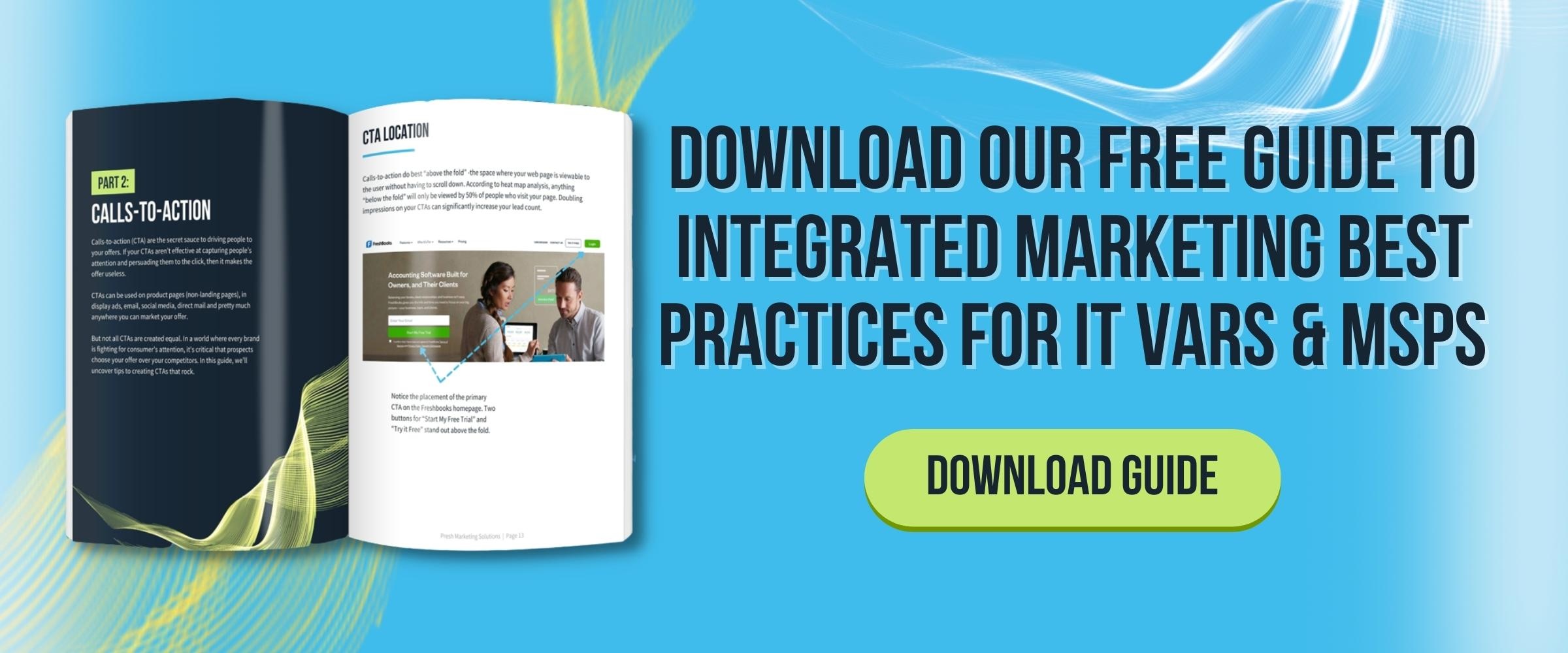How AI is Helping Journalists & Marketers
Journalism and content marketing are essentially cousins. One is more serious, long-form, and professional while the other is a bit more action-driven and casual in tone. They both seek to inform, but one is typically trying to collect your contact information for further engagement.
Did ChatGPT end journalism as we know it?
Nope, it just changed how content is created. Original interviews and content still require skilled question-askers, but now those raw transcripts can be cleaned up and consolidated using a few prompts.
AI tools like ChatGPT aren’t without issues. They've been known to confidently write and defend incorrect information. You could say they have a vivid imagination. In that sense, helpful new AI writing tools require oversight. They're not going to do all the heavy lifting for you, but they can be helpful to both journalists and content marketers alike in these ways:
- Ideation
From campaign themes to blog content calendars that don’t repeat previous topics, AI writing tools can be helpful in getting you started with campaign ideas if you have target audience and reference material to feed them.
- Editing / Rephrasing
Use a word twice in the same sentence? Struggling to find a more concise way to say something or need to rephrase an existing blurb so you’re not dinged on SEO? ChatGPT can help with that.
- First Drafts
If you have reference material that’s close to what you’re looking for and are willing to prompt additional edits—like you would with a junior copywriter—ChatGPT can be pretty helpful in crafting first drafts that you can improve upon with deeper context and the desired tone.
If you’re a journalist or copywriter, AI can be an excellent intern. It might not get your coffee, but it will serve up decent content ideas, help with editing when you just can’t find the right words, and get first drafts flowing.
What's The Difference?
As mentioned above, journalism is the more serious relative of copywriting. Journalism is highly structured in the inverted pyramid format—who, what, where, when, why, how, details, and conclusion—whereas marketers tend to Start With Why and aim to weave a compelling narrative about how their product or service can solve their target audience’s challenges in a certain area.
What journalists do: Journalists report on events, issues, and trends, seeking to provide accurate and impartial information to their readers.
What copywriters do: Write marketing materials such as ads, landing pages, and social media posts, to persuade the reader to take a specific action, such as making a purchase or signing up for a newsletter.
What AI does: Provides assistance based on specific inputs given.
One key difference between the two fields is the level of objectivity. Journalists are expected to be unbiased and present all sides of a story, while copywriters are more focused on promoting a particular product or service. However, this doesn't mean that copywriters can't also be objective and transparent. Incorporating elements of journalism into your marketing efforts can help to build trust with your audience.
Tip: To improve outcomes with AI writing tools, fact-check outputs, and don't forget to run a plagiarism scan before publishing.
What's "Storyselling?"
One way to combine the principles of journalism and copywriting is to use a "storyselling" approach in your marketing efforts. Storyselling is a marketing technique that involves using real-life customer stories and testimonials to illustrate the benefits of a product or service. By presenting these stories in a journalistic style, complete with quotes and details, you can create a more authentic and engaging marketing message that builds trust with your audience.
Incorporating storyselling into your copywriting can make your marketing message more relatable and engaging, as readers are more likely to connect with a story about a real person than with a generic marketing message. It's also a powerful way to blend the principles of journalism and copywriting, creating a more effective marketing message.
Incorporating Journalistic Elements In Your Copy
So, how can you incorporate more journalistic elements into your content marketing efforts? Here are a few tips:
1. Focus on the facts: In both journalism and copywriting, it's important to base your stories and messages on solid information. In journalism, this means conducting thorough research, verifying sources, and presenting all sides of a story.
In copywriting, it means using research and data to back up your marketing claims and presenting information in a clear and concise manner. By prioritizing accuracy and presenting a clear and objective perspective, you can create more credible and trustworthy content.
2. Use storytelling to engage your audience: Both journalism and copywriting rely on storytelling to captivate their audience. Use real-life customer stories and testimonials to illustrate the benefits of your product or service.
3. Be transparent and objective: Incorporating elements of journalism into your marketing efforts can help to build trust with your audience. Be upfront about your product or service's features and limitations, and present all sides of the story.
4. Use research and data to back up your claims: Gather customer feedback, analyze market research, and use data to support your marketing claims. Present this information in a clear and concise manner, with clear sourcing and evidence.
5. Prioritize accuracy: In both journalism and copywriting, accuracy is crucial. Double-check your facts and sources, and be sure to clearly cite any information that you use.
Elevate Your Content Marketing: Download Our Free Guide
Go beyond using journalistic elements to strengthen your copy – level up your marketing strategy further with our free guide on integrated marketing best practices for IT VARs and MSPs. In this guide, you'll learn how to create engaging content, powerful CTAs, highly effective landing pages, and optimize forms for maximum impact. Plus, you'll get access to media channel recommendations to help you reach the right audience. Click below to help your marketing strategy reach new heights.
